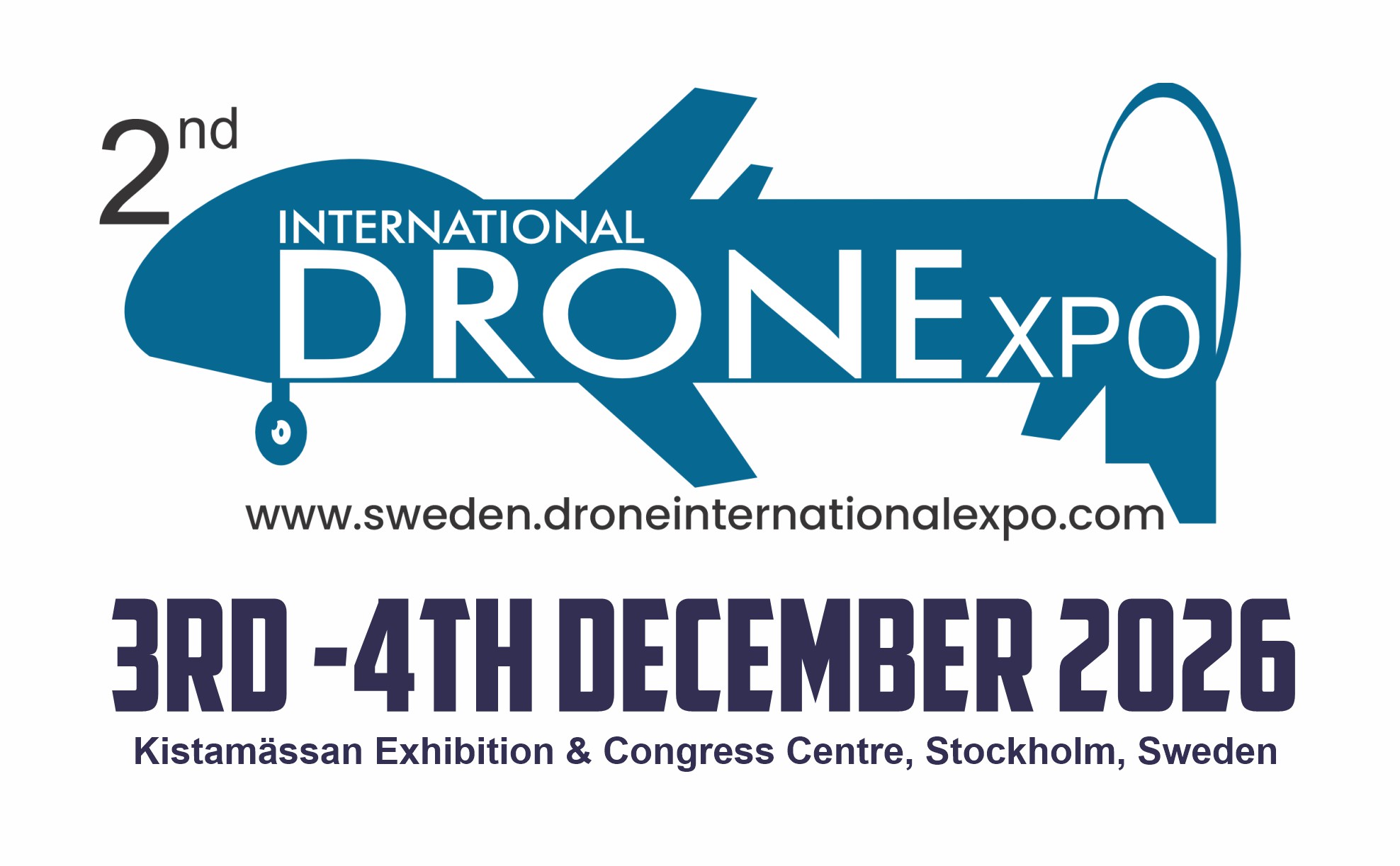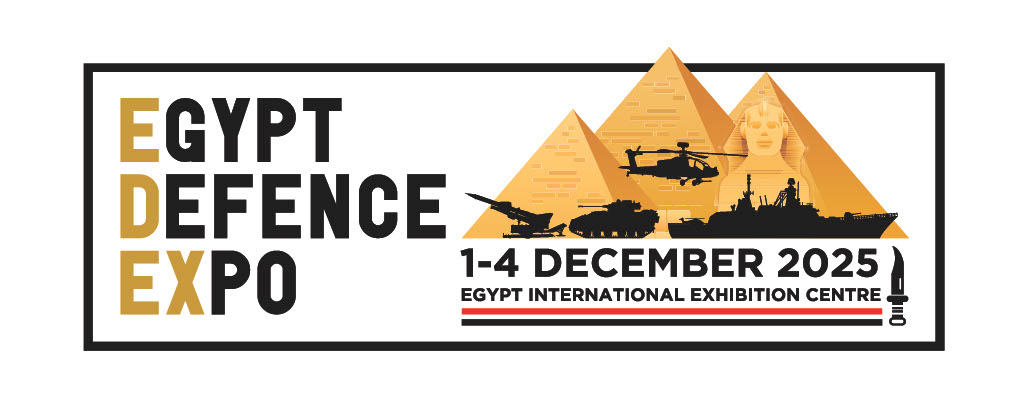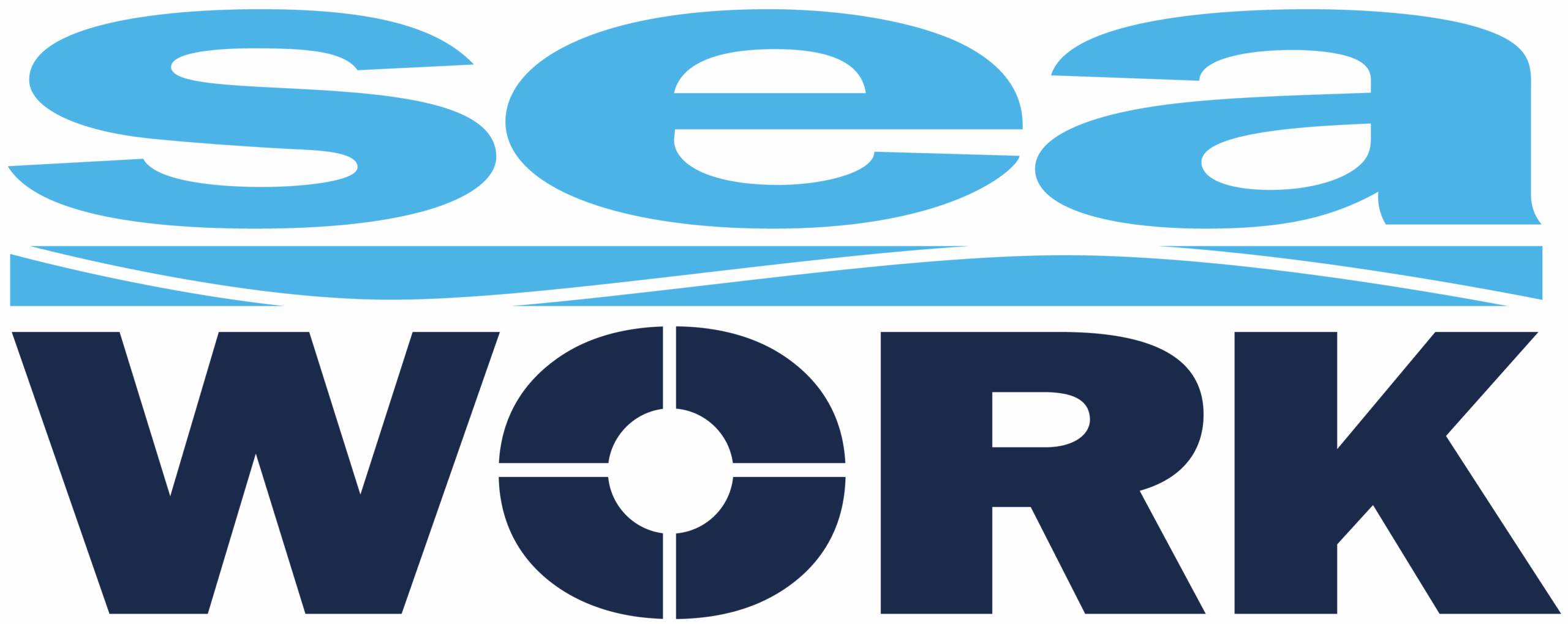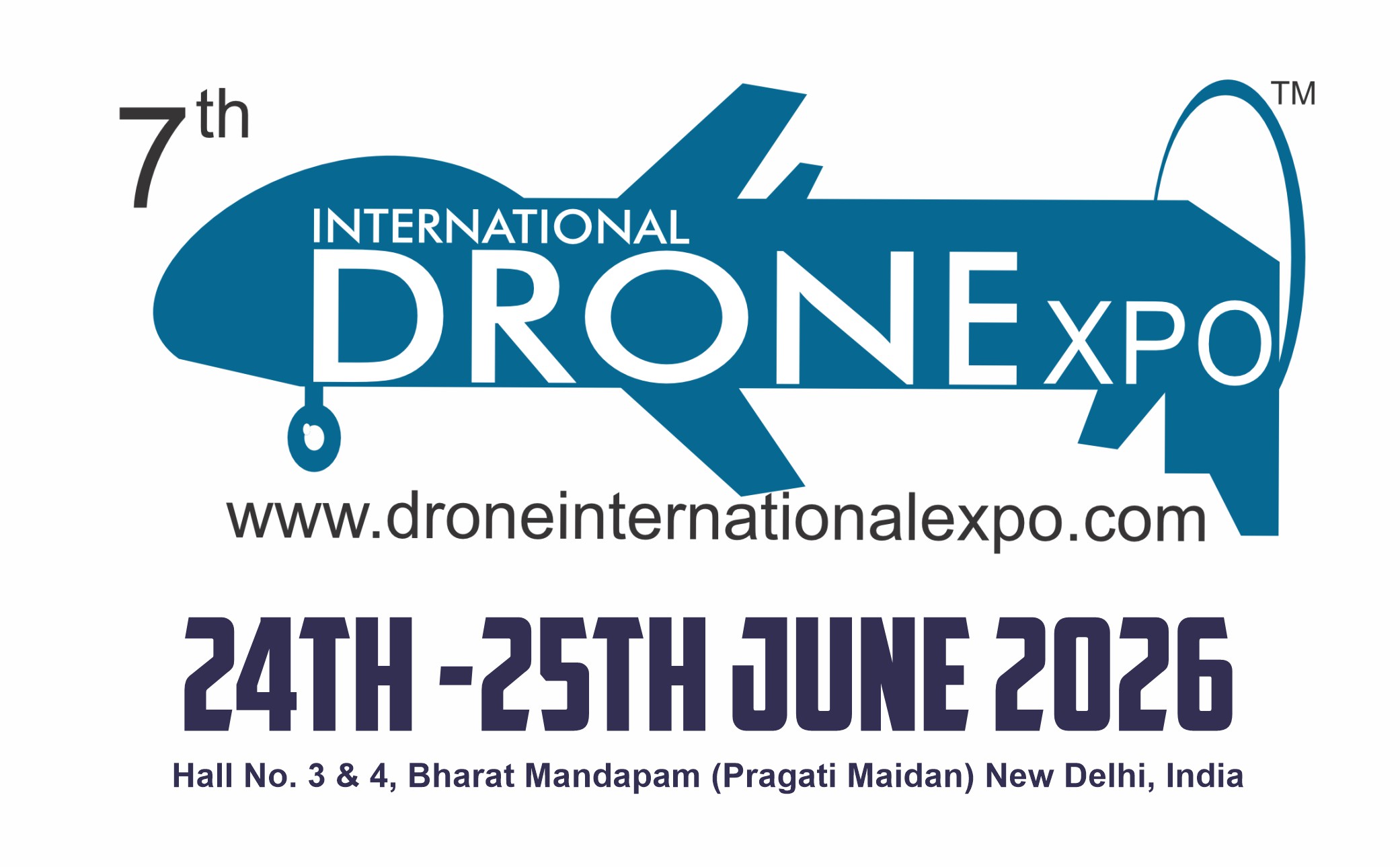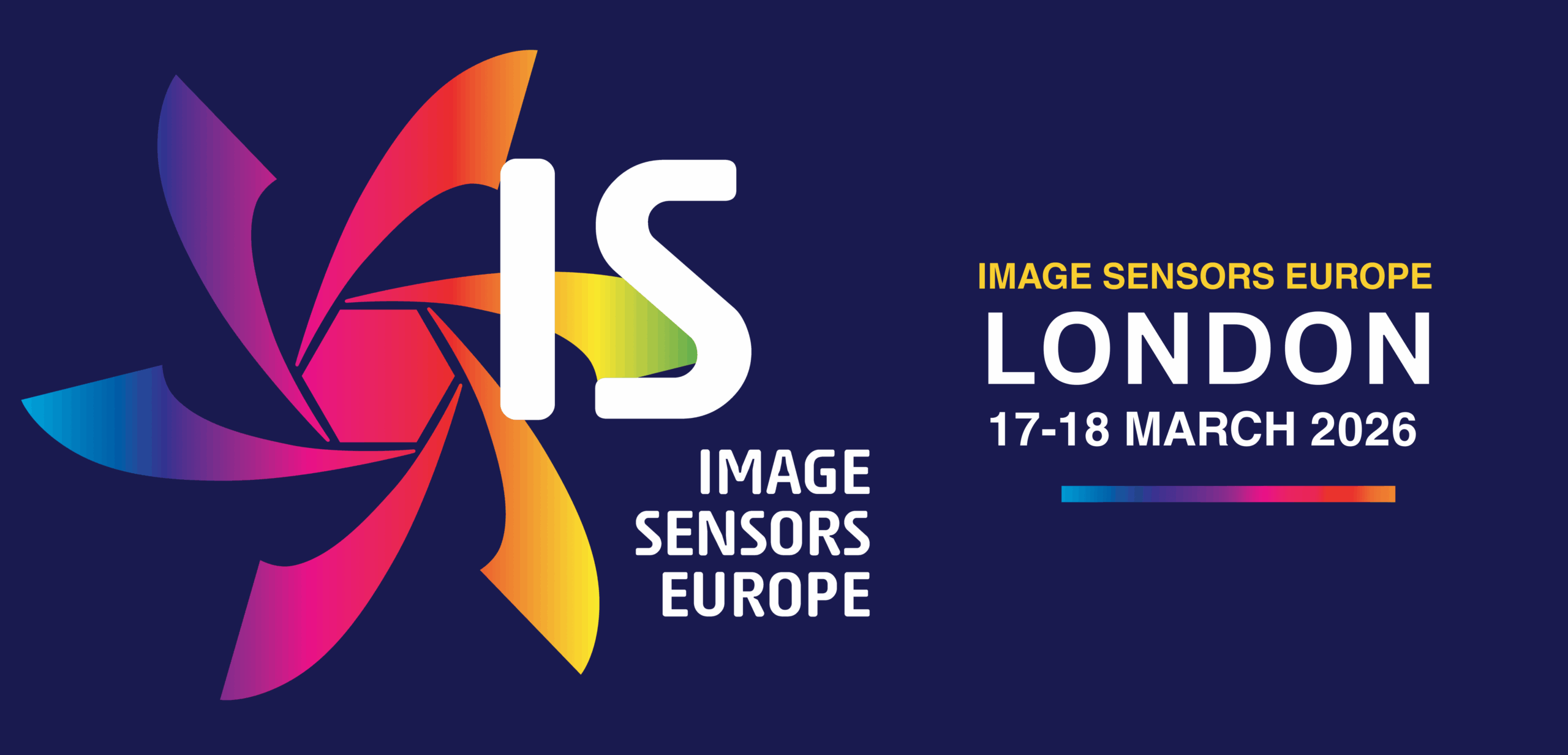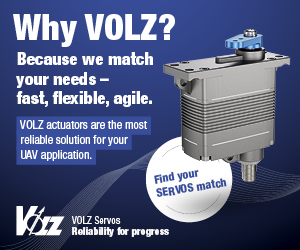NVIDIA ships long-awaited Thor AI chip
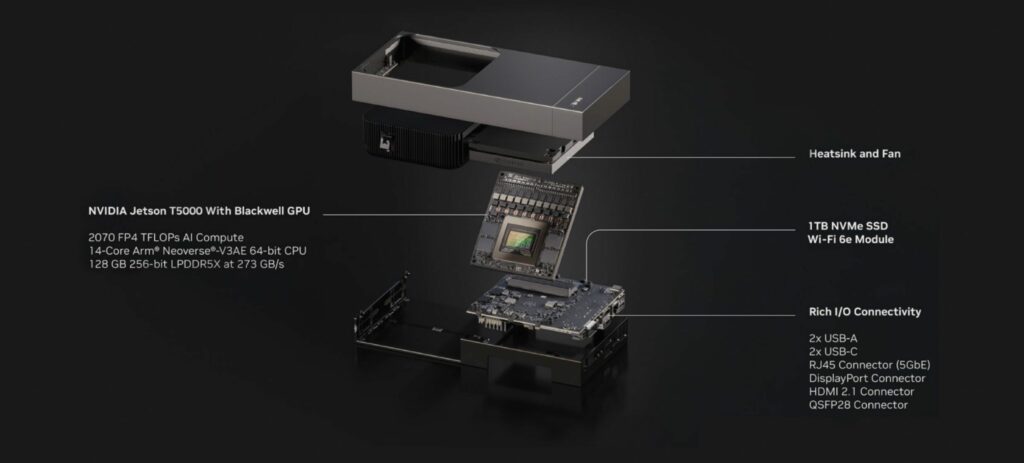
(Image courtesy of NVIDIA)
NVIDIA has shipped the Thor GPU chip at the heart of its Drive system for autonomous vehicles, writes Nick Flaherty.
The Drive AGX Thor kit is built on the Thor T5000 GPU with ARM Neoverse processor cores and the DriveOS7 software stack. The kit also includes I/O for surround cameras, radars and Lidars, as well as common vehicle interfaces including GbE/10GbE and PCI-Express. Drive AGX Thor also meets the automotive industry’s ISO 26262 functional safety and ISO 21434 cybersecurity requirements.
The T5000 has 2560 Blackwell cores with 96 tensor cores and 14 V3AE cores. This arrangement supports 128 GB of low-power LPDDR5X DRAM memory and up to eight lanes of PCIe5.0 with peak power of 75 W.
The chip package measures 100 x 87 mm, and integrates a thermal transfer plate with a heat pipe and a 699-pin connector.
Drive AGX Thor is supported by a growing number of sensor and embedded technology pioneers, including tool vendors AdaCore, Lauterbach and Vector, operating system supplier QNX and image sensor supplier Omnivision. NVIDIA worked with AdaCore on DriveOS7 using the Ada and SPARK programming languages to write the 7 million lines of code in the operating system.
The two companies have made a reference flow open-source to allow for faster development of ISO 26262 software on top of the DriveOS by a wider group of developers.
The Drive AGX Thor hardware and DriveOS are key elements of NVIDIA’s Halos safety system. This covers the platform, algorithmic and ecosystem safety with safety system design-, deployment- and validation-time guardrails.
“What’s unique here is NVIDIA’s approach,” said Quentin Ochem, chief product and revenue officer at AdaCore. “This aligns with a growing trend to integrate verification, traceability and requirements directly into the development flow, making correctness a property of the codebase, not just a separate process.
“Traditionally, developers have had to wear many hats – beyond writing code, they often find themselves taking on the responsibilities of QA engineers, verification engineers and even requirements engineers,” he added.
“It’s also rare to see a major technology provider open up their internal safety certification process to this degree. The fact that NVIDIA’s ISO 26262 documentation is usable off-the-shelf is a big deal – it provides a concrete, practical starting point for other automotive software teams.”
Car makers planning to use Thor for driverless vehicles include BYD, DGAC, IM Motors, Li Auto, Volvo Cars, Xiaomi and Zeekr; autonomous trucking companies include Aurora, Gatik, PlusAI and Waabi.
DeepRoute.ai, Nuro, WeRide (covered in issue 58) and ZYT are using Thor for autonomous vehicle software platforms, and production systems will be available from Tier 1 suppliers Continental Automotive, Desay, Lenovo, Magna and Quanta.
There is another version with a tighter power envelope of 40 W for automated guided vehicles and humanoid robots.
The T4000 has 1536 Blackwell GPU cores with 64 fifth-generation tensor cores running at a clock frequency of up to 1.57 GHz. There are 12 ARM Neoverse V3AE automotive cores at 2.5 GHz and 64 GB of low-power LPDDR5X memory. This provides up to 1200 TFLOPS of sparse FP4 4-bit inference performance with eight lanes of PCI Express 5.0.
UPCOMING EVENTS


